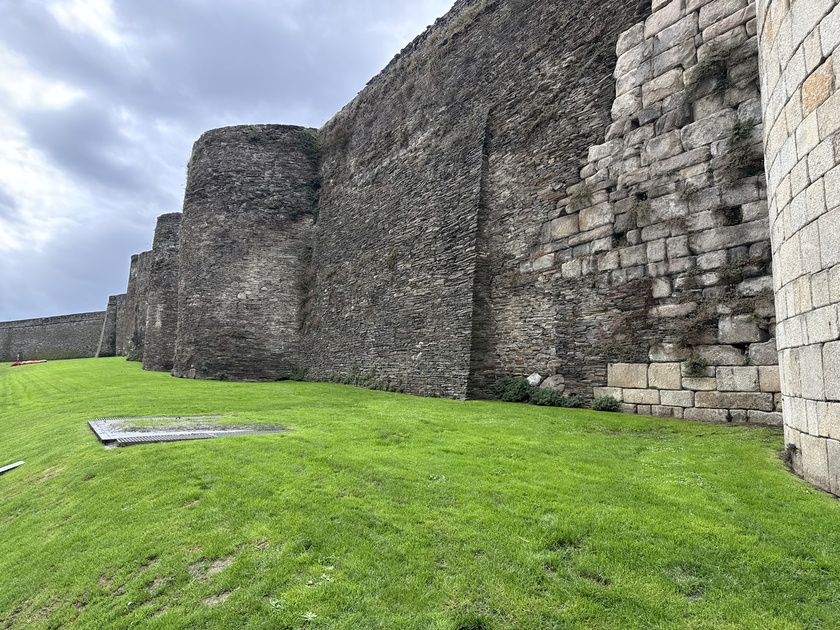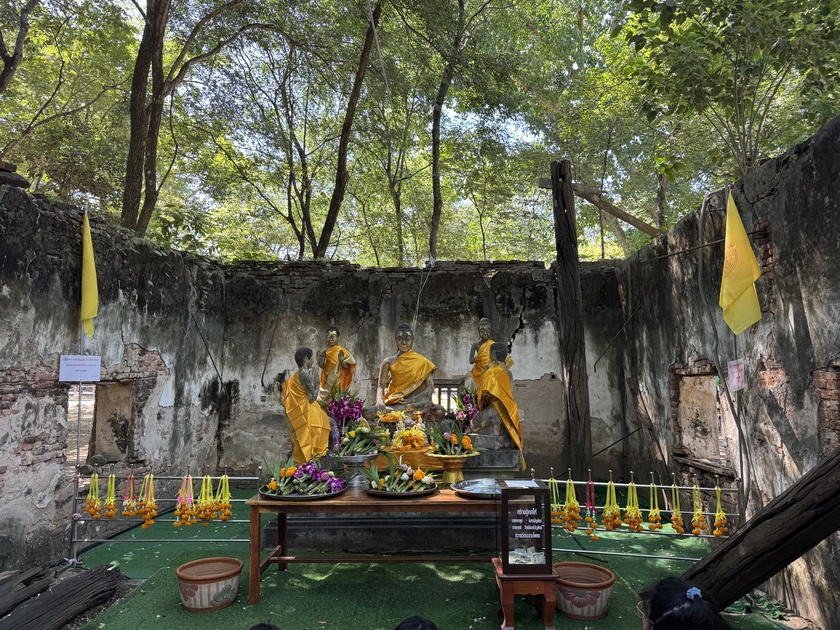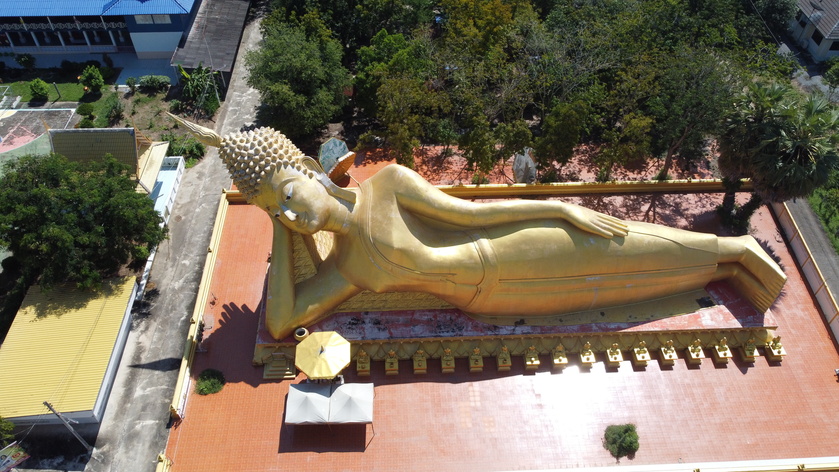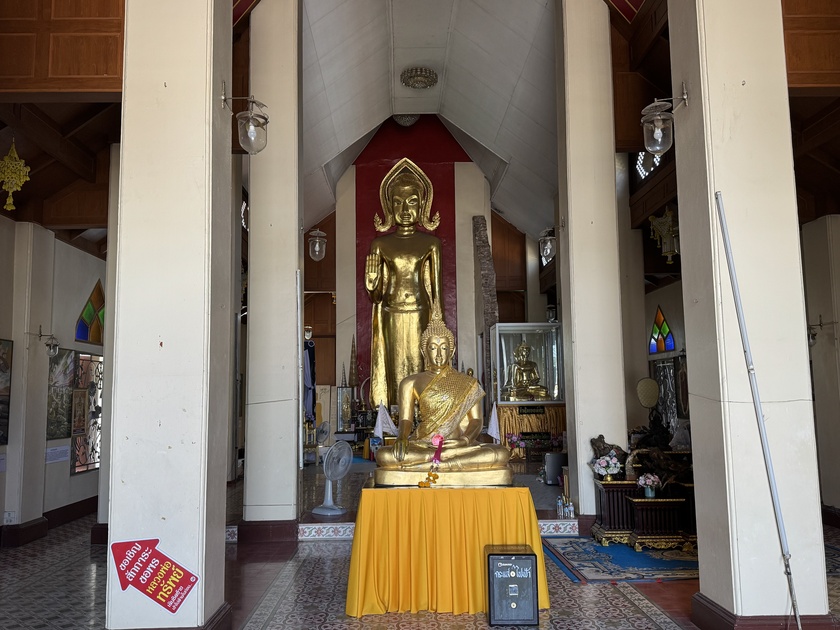Lugo is a city in northwestern Spain in the autonomous community of Galicia.
Lugo is the only city in the world to be surrounded by completely intact Roman walls, which reach a height of 10 to 15 meters (33 to 49 feet) along a 2,117 meter (6,946 ft) circuit ringed with 71 towers. The walk along the top is continuous around the circuit and features ten gates. The 3rd century Roman walls, the only one of its kind in the world, are protected by UNESCO as a World Heritage Site. The city's historic bridge over the Miño also dates back to the Roman era.
The city is unique in that the wall that surrounds the city still completely surrounds the old part of the city. It’s worth the time to explore the area to see a part of history.
Lugo Spain - Only Remaining City Surrounded by Original Roman Walls - UNESCO World Heritage Site
Wat Makham Phlong วัดมะขามโพลง is a mid-19th-century riverside monastery on the Pa Sak River in Tha Ruea District, Ayutthaya Province, founded in 1882 (BE 2425) to serve local farming and trading communities.
It received royal consecration of its sima boundaries in 1957 (BE 2500), marking its formal elevation as a parish temple under the Mahanikaya sect.
Local lore credits its enduring vitality to protective Unalom inscriptions, believed to channel the Buddha’s ushnisha curl for path-clearing and prosperity—drawing devotees for prayers on career, fortune, and karmic release.
Excavations in the 1970s by the Fine Arts Department authenticated its Ayutthaya-style elements, though the site blends ancient motifs with 20th-century additions, symbolizing continuity from Siamese resilience to modern Thai Buddhism.
The name “Temple of the Long-Pod Tamarind” derives from the ancient makham phlong trees shading the grounds, their elongated pods evoking life’s jointed paths in ...
Sing Buri Province, cradled by the life-giving Chao Phraya and Lopburi Rivers, emerged from ancient Mon-Khmer roots in the Dvaravati era and rose to prominence as a fortified riverside settlement under the Ayutthaya Kingdom. Its name—City of the Lion—stems from a founding legend: a celestial lion spirit descended to protect the land, uniting with a mortal woman to sire Singhapahu, the mythical ancestor whose courage defined the region’s identity.
Wat Phra Prang Muni, established in the late Ayutthaya period over three centuries ago, stands as one of Sing Buri’s most luminous historical treasures. Its defining feature is the elegant Khmer-style prang, a tall, corn-shaped stupa of precise square tiers, adorned with intricate stucco motifs of garudas, nagas, and floral vines—restored in recent decades with shimmering gold leaf that transforms it into a golden spire under the sun.
At the temple’s spiritual heart resides Luang Pho Yen, a graceful stucco image in the Māravijaya ...
Sing Buri Province, nestled along the fertile banks of the Chao Phraya River in central Thailand, traces its origins to the ancient Mon-Khmer settlements that flourished during the Dvaravati period, later flourishing under the Ayutthaya Kingdom as a strategic riverine outpost. The name “Sing Buri” itself derives from local folklore: a mythical lion (singha) spirit is said to have guarded the area, mating with a human woman and fathering a child named Singhapahu, whose lineage symbolically founded the city. This blend of myth and history infuses the region with a quiet pride, evident in its preserved temples, riverside way of life, and enduring agricultural rhythms.
Among these sacred sites stands Wat Prachoti Karam, a serene Ayutthaya-era temple in the Don Kratay area of Bang Krabue Subdistrict, revered for its deep spiritual resonance and architectural grace.
Believed to have been established over four centuries ago, the temple embodies the transitional artistry between Sukhothai and ...



















































